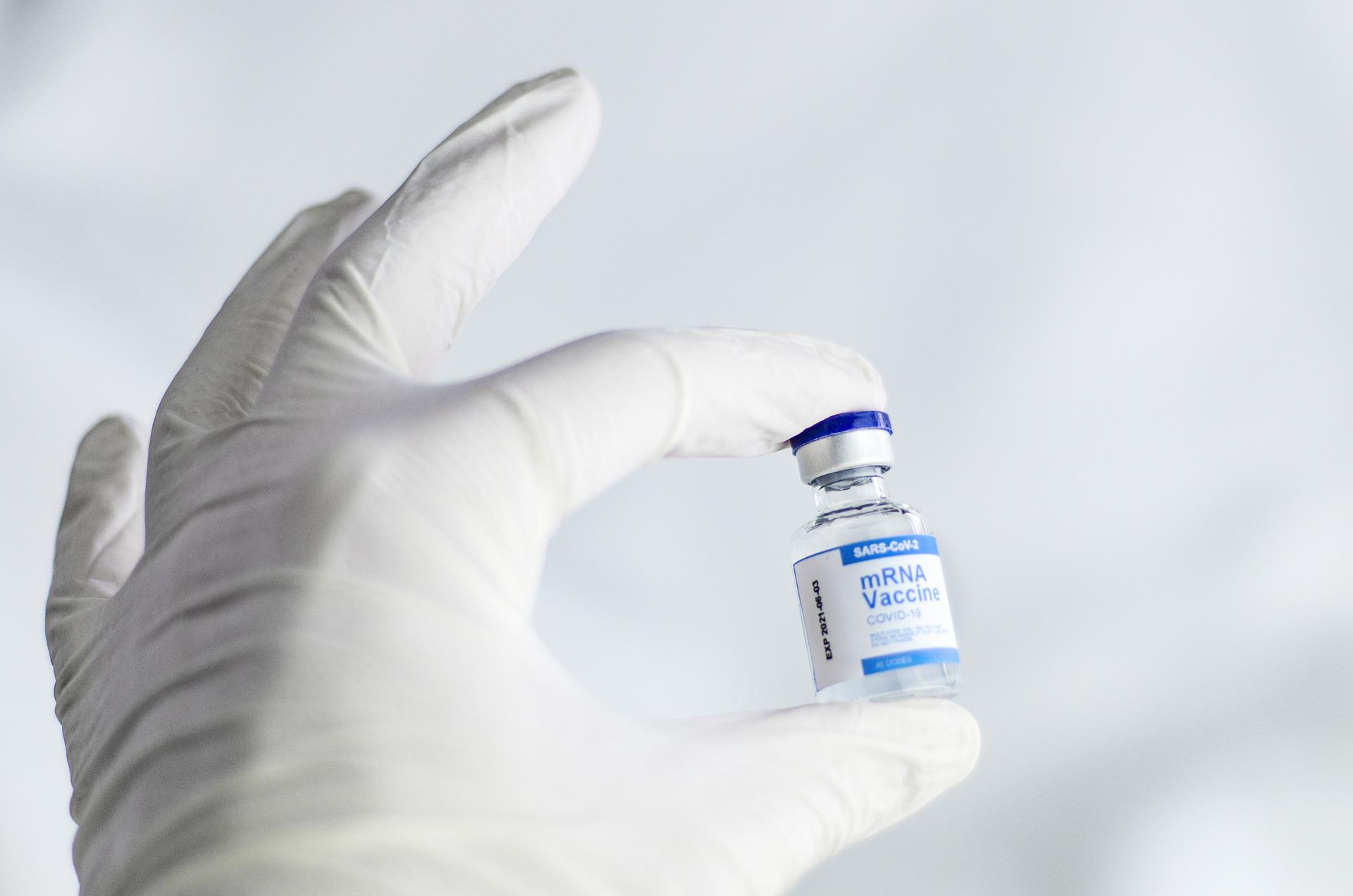
Oxford vaccine: How did they make it so quickly?
The world has been holding its hands together praying for the coronavirus vaccine, and their prayers were answered when The University of Oxford in collaboration with AstraZeneca announced their vaccine which is 90% effective and cheaper to make, and easier to store. The new Oxford vaccine is known as ‘ChAdOx1 nCoV-2019’. The interim trial data from the Phase III trials indicate that the vaccine is 70.4% effective, with studies performed on two separate dosage regimens indicating that the vaccine was 90% effective when delivered at half a dose and then at full doses, or 62% effective when given at two full doses.
Additional cases are likely to accumulate by the time of the final analysis and the period of security will be calculated by future analyses. There were no significant safety incidents found related to the vaccine. Oxford will also assist AstraZeneca in sending to all regulators worldwide, including in the UK, Europe, and Brazil, both interim Phase III effectiveness data and comprehensive safety data for independent scrutiny and product approval, including for emergency use. During the trial, several of these regulators checked the trial data on a rolling basis. The clinical trials, involving more than 24,000 participants from different ethnic and regional groups in the United Kingdom, Brazil, and South Africa, will now begin to undergo final review. In the United States, Kenya, Japan, and India, further trials are being performed and the trial team hopes to have under 60,000 participants by the end of the year. These trials will provide additional information to regulators on the effectiveness and safety of the candidate Oxford vaccine, including its ability to both protect against and avoid the transmission of COVID-19.
The interim Phase III data builds on the findings of the Oxford Phase I/II peer-reviewed trial that showed that the vaccine induces strong immune responses to antibodies and T cells across all age groups, including older adults, and has a good safety profile. The Oxford vaccine(ChAdOx1 nCoV-19) is made from a virus that is a weakened version of a common cold virus (adenovirus) that has been genetically engineered to make it difficult for humans to develop.
The findings of Oxford may not have the eye-catching high-efficacy headline totals of Pfizer and Moderna’s recent announcements, but for a few different reasons, they may potentially represent some of the most promising yet. First, if the second dosage strategy is true by later results and more research, it suggests that the Oxford vaccine can be administered in lower doses and have greater efficacy (if it is much less effective, there is no need to use the full two-dose method). Second, at normal refrigerator temperatures between 35 ° and 45 ° F, the Oxford vaccine can be stored and transported, whereas the other two candidates for the vaccine need storage at lower temperatures. That helps to eliminate the need for more advanced equipment at clinics and hospitals where it will be administered during transport and on-site.









